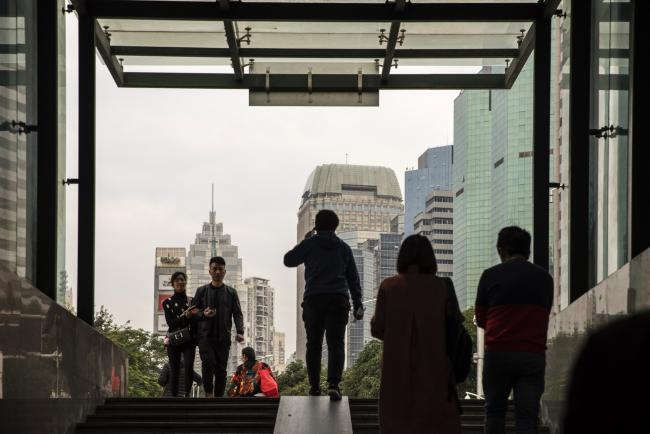(Bloomberg) -- U.S. government officials are publicly withholding judgment on China’s efforts to ease trade tensions ahead of talks next week, raising the prospect that Beijing’s latest economic-reform announcements won’t go far enough to satisfy President Donald Trump’s demands.
China in recent weeks has announced steps to open up its economy since Trump and President Xi Jinping met over dinner Dec. 1 to diffuse tensions. But they mostly fall short of U.S. Trade Representative Robert Lighthizer’s demands for big structural changes on alleged forced technology transfer and theft of intellectual property, analysts said.
“The Chinese have done nothing along the lines of what he says he wants -- fundamental reform,” said Derek Scissors, a China expert at the American Enterprise Institute in Washington. With two months remaining in the trade war cease-fire that ends March 1, “it was hard to imagine that happening in 90 days and it gets harder with every day that goes by,” he said.
A spokesman for Lighthizer’s office didn’t respond to a request for comment on China’s recent pledges to open its economy.
‘Big Progress’
The leaders on Dec. 1 agreed to pause a further ratcheting up of tit-for-tat tariffs for three months while they try to negotiate a deal. Trump on Saturday sounded optimistic on the prospects, writing on Twitter that the deal “is moving along very well” and that “big progress” was being made.
Still, he left open the possibility that negotiations could fall apart, while signaling that any deal would have to address all of his concerns. “If made, it will be very comprehensive, covering all subjects, areas and points of dispute,” Trump tweeted.
Pressure is building on both countries to deescalate the feud, which is starting to weigh on their economies and financial markets.
China’s manufacturing purchasing managers index dropped to 49.4 in December, the weakest since early 2016 and below the 50 level that denotes contraction. Measures of new orders and new export orders slipped -- a bearish signal for future demand.
Meanwhile, five U.S. Federal Reserve indexes of regional manufacturing all slumped in December, the first time they’ve fallen in unison since May 2016.
Trade officials from the two countries will sit down in Beijing next week for the first face-to-face negotiation since the leaders’ dinner. Deputy U.S. Trade Representative Jeffrey Gerrish will lead his country’s delegation, which will also include sub-cabinet officials from other agencies.
Announcements coming out of Beijing in the past month included a pledge to treat state, private and foreign firms equally, a new round of tariff cuts on agricultural goods, cars and other products, and reports that the country was mulling legislation to curb forced tech transfer. China also announced it would resume buying U.S. soybeans, rice and liquefied natural gas starting in December.
Scott Kennedy, China analyst at the Center for Strategic and International Studies, said the new legislation could be meaningless. The informal guidance that’s being given to officials locally on how to treat foreign technology and IP is more important than a law, he said.
Lighthizer, who Trump named as his lead for the negotiations, said in December that March 1 is a hard deadline for Beijing to come up with commitments it has promised to fulfill for the past decade.
“We need structural changes on this fundamental issue of non-economic technology transfer. It can’t be just vague promises that we’ve seen over the last 25 years,” Lighthizer told CBS’s Face the Nation on Dec. 9. “There is a long history of having things not work out.”
Chinese officials are voicing a complaint that has accompanied the trade war for months: They’re not sure what is asked of them and it’s not clear the U.S. side knows what it wants, people familiar with the matter said. Officials are planning for alternative retaliatory measures in case talks collapse, they said. Trump administration officials on the other hand said they have clearly laid out their demands to Beijing.
“The key obstacle to a deal is whether the U.S. demands are a bottomless pit,” said Lu Xiang, an expert in bilateral ties at the state-run Chinese Academy of Social Sciences in Beijing.
According to Kennedy at CSIS, the White House is unlikely to comment on any of China’s economic announcements before it’s presented with a final package of commitments, and “Lighthizer’s bar is extremely high.”
“I expect the White House to keep a poker face up until the end. There will be no reassurance until there is a lot coming,” he said. “The question is how much more will come? We need to take a wait-and-see approach with a skeptical eye.”
